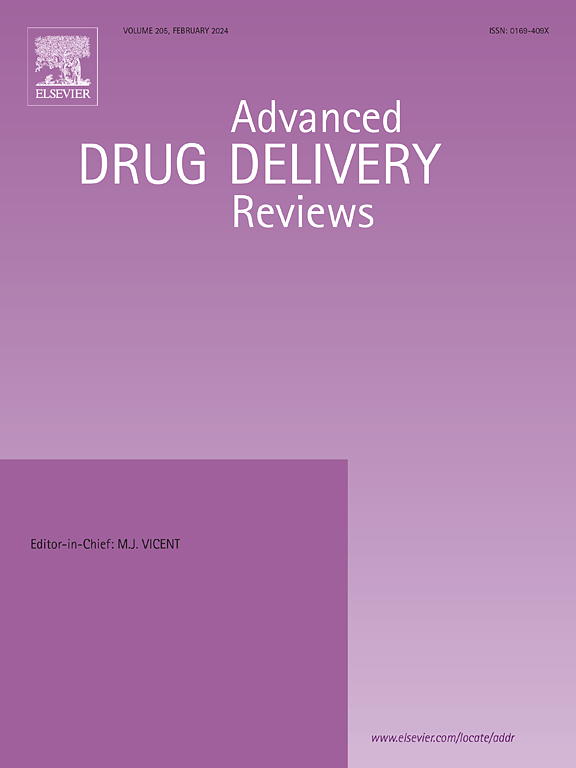hPSC-based treatment of retinal diseases – Current progress and challenges
IF 17.6
1区 医学
Q1 PHARMACOLOGY & PHARMACY
引用次数: 0
Abstract
Degenerative retinal diseases, such as age-related macular degeneration (AMD) and inherited retinal diseases (IRDs), cause visual impairment due to irreversible damage to the retinal pigment epithelium (RPE) and photoreceptor cells (PRCs). Currently, no definitive treatment exists. However, cell-based therapies using induced pluripotent stem cells (iPSCs) or embryonic stem cells (ESCs) offer potential solutions for restoring damaged retinal cells. This review summarizes recent advances in RPE and PRC transplantation, highlighting the benefits of each approach. For RPE transplantation, we focus on the outcomes of clinical studies involving three formulations: RPE sheets, RPE suspensions, and RPE strips. In the context of PRC transplantation, we trace the progress from fetal retinal transplantation to the latest studies. Additionally, we discuss our recent clinical work with retinal sheet transplantation and genome-edited retinal organoid sheets, which aim to improve functional integration by reducing bipolar cells in grafts. Finally, with the overall safety of the regenerative cell-based therapies demonstrated in past clinical applications, we explore future prospects for these therapies.


基于 hPSC 的视网膜疾病治疗--当前的进展与挑战
退行性视网膜疾病,如年龄相关性黄斑变性(AMD)和遗传性视网膜疾病(IRDs),由于视网膜色素上皮(RPE)和光感受器细胞(prc)的不可逆损伤而导致视力障碍。目前,尚无明确的治疗方法。然而,使用诱导多能干细胞(iPSCs)或胚胎干细胞(ESCs)的细胞疗法为修复受损的视网膜细胞提供了潜在的解决方案。本文综述了RPE和PRC移植的最新进展,强调了每种方法的益处。对于RPE移植,我们关注的是涉及三种配方的临床研究结果:RPE片、RPE混悬液和RPE条。在PRC移植的背景下,我们追溯了从胎儿视网膜移植到最新研究的进展。此外,我们讨论了我们最近在视网膜片移植和基因组编辑视网膜类器官片方面的临床工作,其目的是通过减少移植物中的双极细胞来改善功能整合。最后,随着再生细胞疗法在过去的临床应用中证明的整体安全性,我们探讨了这些疗法的未来前景。
本文章由计算机程序翻译,如有差异,请以英文原文为准。
求助全文
约1分钟内获得全文
求助全文
来源期刊
CiteScore
28.10
自引率
5.00%
发文量
294
审稿时长
15.1 weeks
期刊介绍:
The aim of the Journal is to provide a forum for the critical analysis of advanced drug and gene delivery systems and their applications in human and veterinary medicine. The Journal has a broad scope, covering the key issues for effective drug and gene delivery, from administration to site-specific delivery.
In general, the Journal publishes review articles in a Theme Issue format. Each Theme Issue provides a comprehensive and critical examination of current and emerging research on the design and development of advanced drug and gene delivery systems and their application to experimental and clinical therapeutics. The goal is to illustrate the pivotal role of a multidisciplinary approach to modern drug delivery, encompassing the application of sound biological and physicochemical principles to the engineering of drug delivery systems to meet the therapeutic need at hand. Importantly the Editorial Team of ADDR asks that the authors effectively window the extensive volume of literature, pick the important contributions and explain their importance, produce a forward looking identification of the challenges facing the field and produce a Conclusions section with expert recommendations to address the issues.

 求助内容:
求助内容: 应助结果提醒方式:
应助结果提醒方式:


